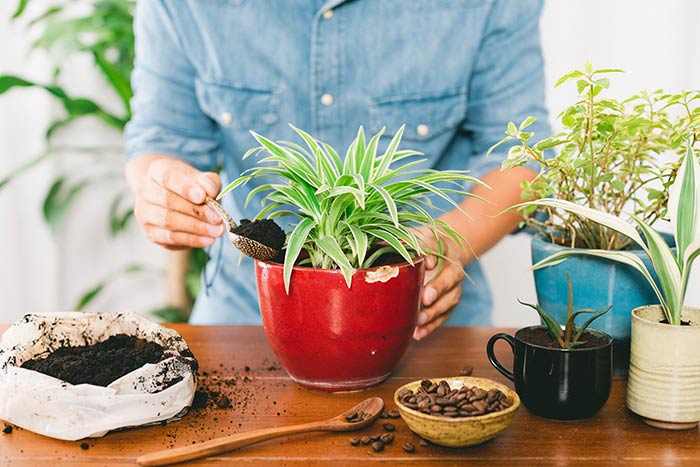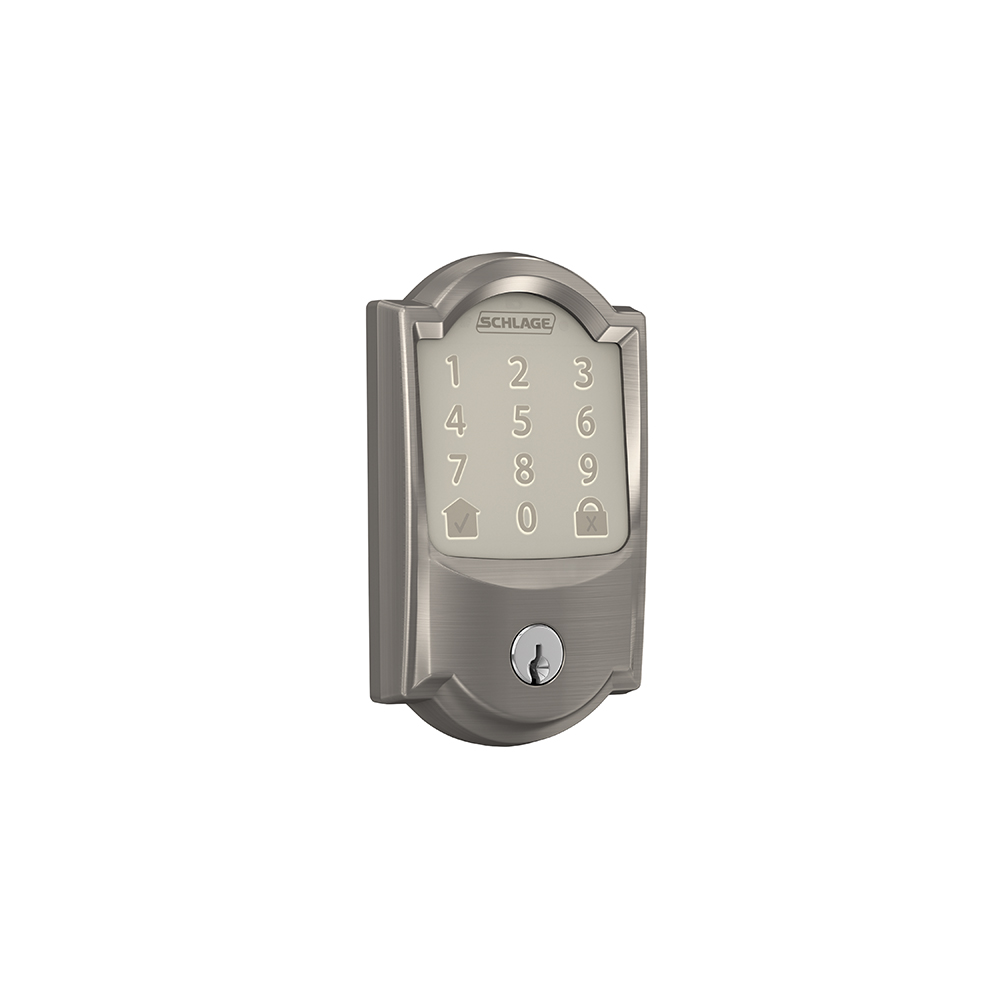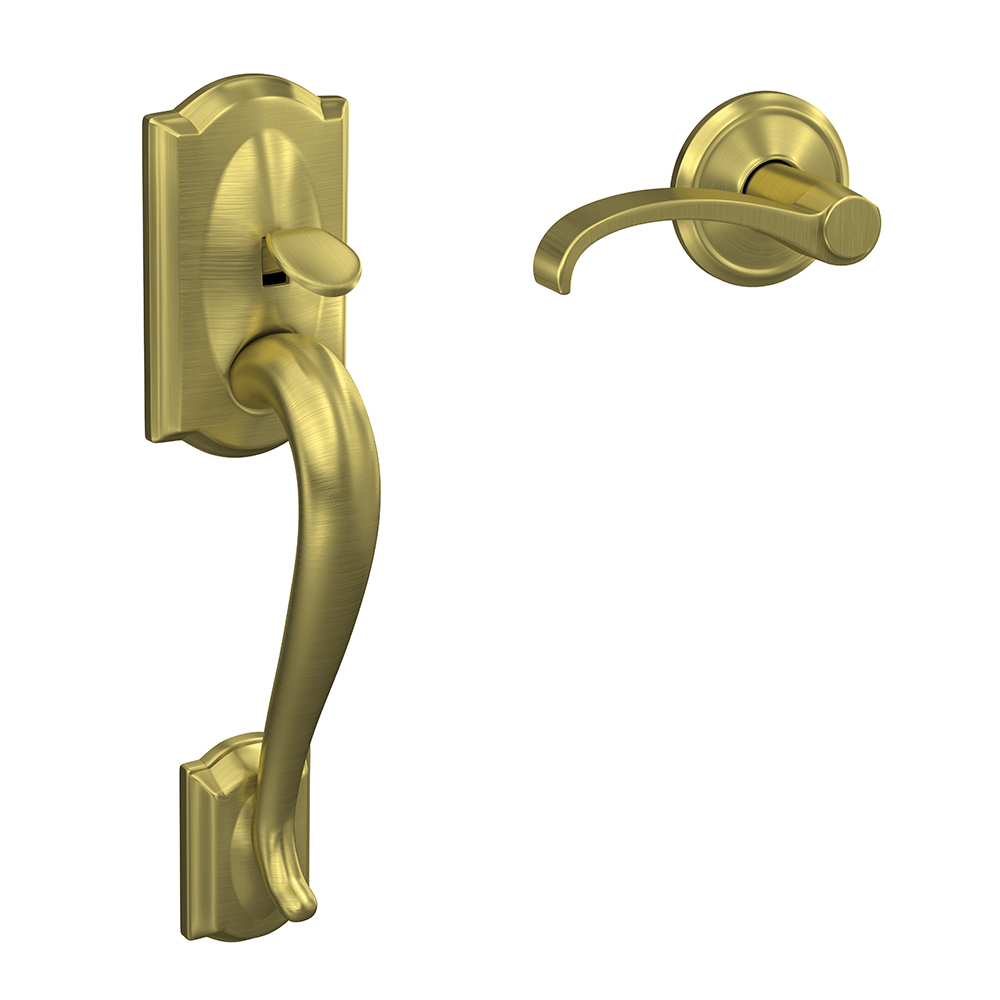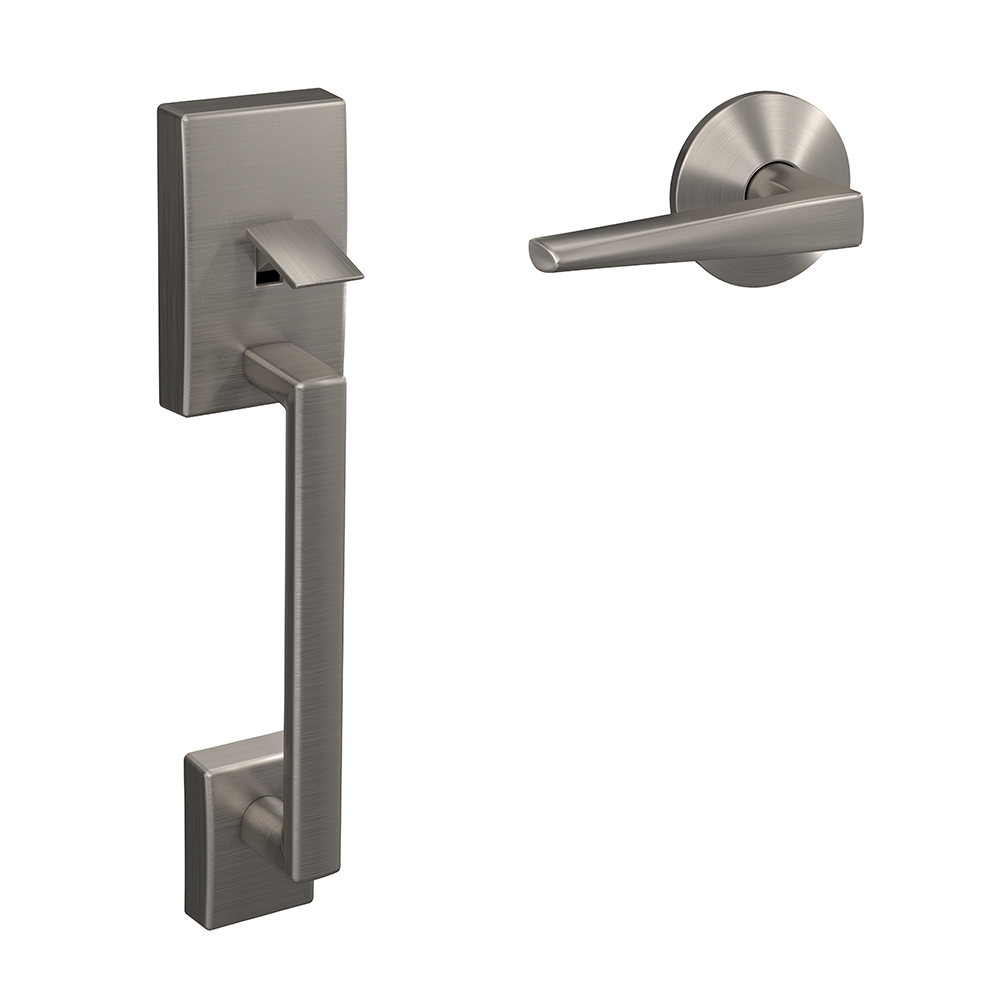Wake up your garden with reused coffee grounds.
Monday, May 17, 2021
Here are three ways “grounds-keeping” – reusing coffee grounds – will help with your groundskeeping.

Compost your coffee
Add used coffee grounds – they contain valuable nutrients like nitrogen, magnesium and potassium – and paper filters to your compost pile. The grounds are considered “green material,” the same as other food scraps. The filters are “brown material,” like newspaper or dried leaves. You want to keep a 4-to-1 brown-to-green ratio for an effective, healthy heap. Too skewed in either direction and you won’t have the right balance of nutrients and heat for materials to break down.
Worms love those filters, so don’t be afraid to throw the paper in your vermicomposting bin.
Fertilize your spent java
First, a science lesson. Experienced gardeners know that the level of acidity in your soil can affect how well plants grow. Some plants love acidic soil, others don’t. It might be worth doing some research beforehand to determine which coffee-fertilizer method is right for your plant friends. That being said, used coffee grounds are generally low in nitrogen, and therefore acidity, so they probably won’t kill your plants outright. You can always test for coffee-based fertilizer and only keep it up if your plants seem to be thriving.
Now, how it works. For a dry fertilizer, sprinkle your used coffee grounds right on top of the soil or mix it into the top few inches. Do this every week or so. For a wet fertilizer, which is great for watering your plants or spraying on leaves, brew two cups of used coffee grounds in five gallons of water for several hours or overnight. It’s tempting to just chuck your leftover java straight from mug to pot, but you need that diluted brew. Again, it’s an acid issue.
Fight pests with old beans
There are conflicting opinions about what keeps pests from bothering coffee-treated plants. Some say it’s the abrasive texture of the grounds and others think it’s the caffeine, which can be toxic to some bugs. Dried grounds sprinkled around your plants ward off slugs and snails and discourage cats and rabbits from bothering your flowers. Like you would with coffee fertilizer, add “fresh” used grounds every week or two.
Prefer a nice cuppa instead of coffee? You can reuse your tea bags and water house plants with a cooled second brew. Beyond just hydrating, the weak tea will also protect against fungal diseases.
There are even more DIY tips on the Schlage blog for all kinds of projects. If it’s more sustainable curb appeal you’re after, we have you covered. Find and share more gardening advice on Facebook and Pinterest.














